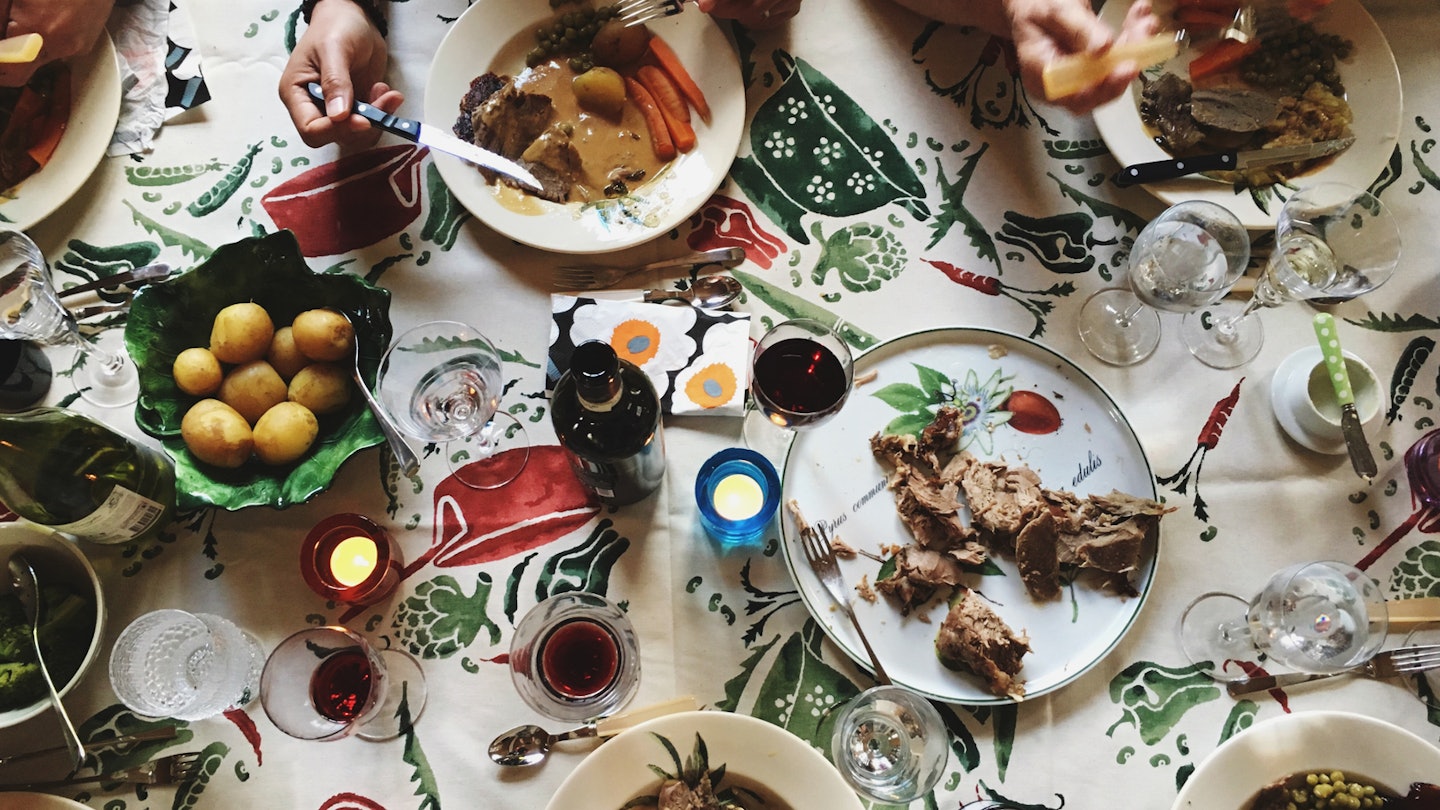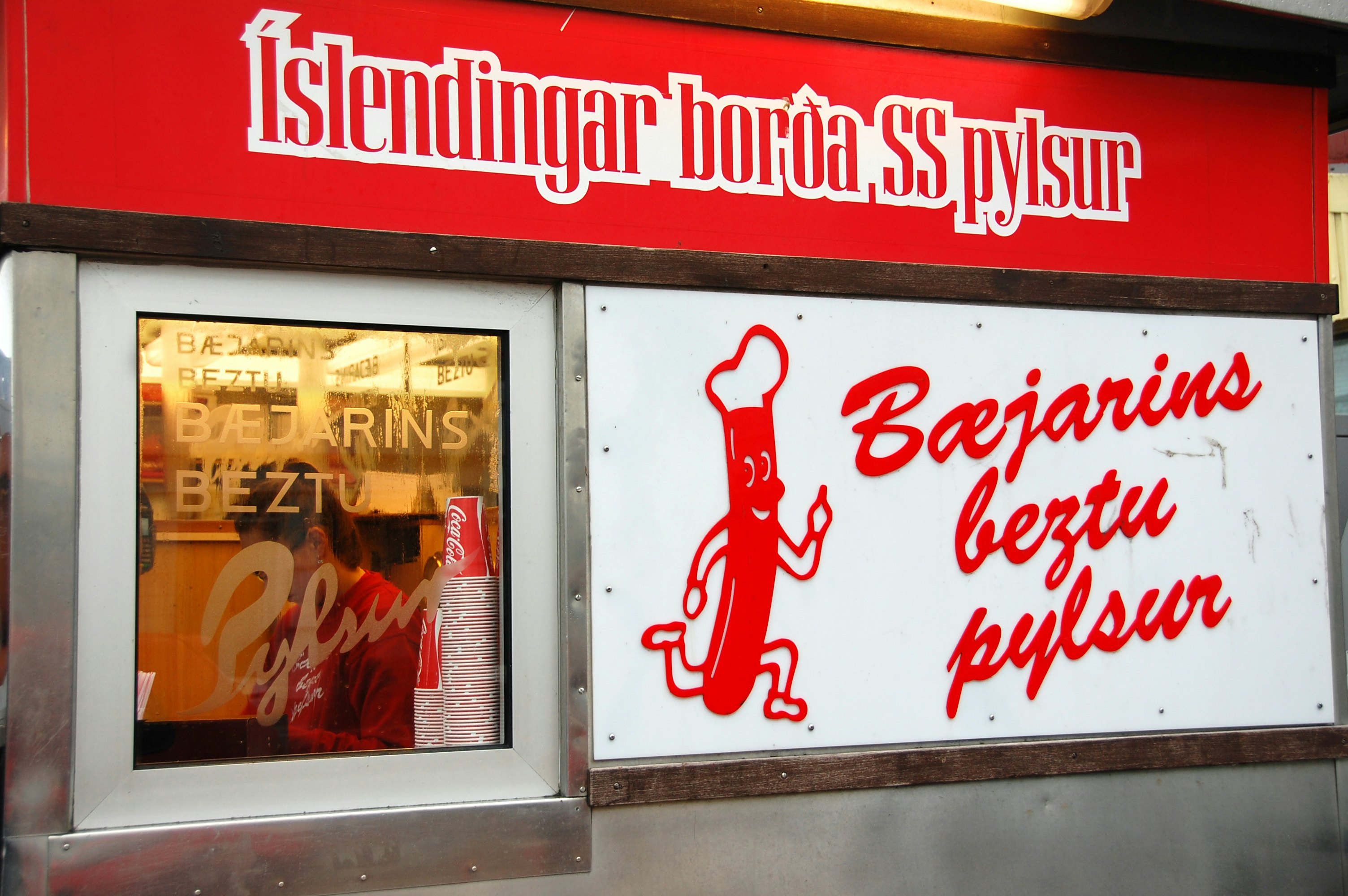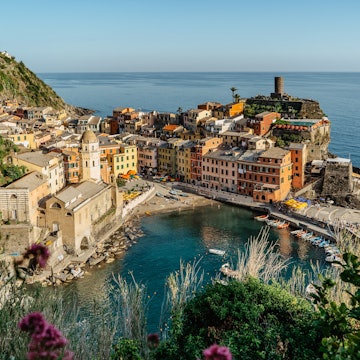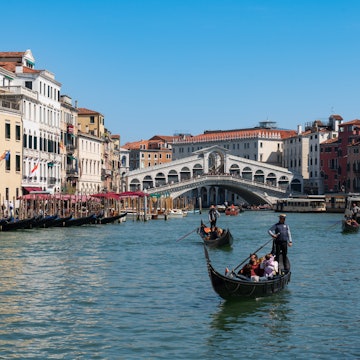

A new generation of chefs are pushing culinary boundaries as part of the 'New Nordic' movement © Christine Han / Stocksy United
Iceland is famous for many things: blue lagoons, gushing geysers, volcanic landscapes and the Northern Lights. But food? Not so much.
You might have heard of Iceland’s creamy yogurt, skyr (it’s sold internationally these days). You might also know that Icelanders have a legendary appetite for lamb and seafood. And you may well have heard about the country’s more notorious dish – hákarl (fermented shark), a delicacy which the late, great chef Antony Bourdain called “the single worst, most disgusting and terrible-tasting thing” he ever tasted.
But while many Icelandic staples are certainly an acquired taste (singed sheep’s head, foal or smoked puffin, anyone?), there’s a smorgasbord of delicious Icelandic foods to try – not to mention a generation of young chefs who are pushing culinary boundaries as part of the broader ‘New Nordic’ movement. From farm-fresh veg to bountiful seafood, flavorful cheeses and rustic lava bread, Iceland has a lot to offer the gourmet traveler – although it is definitely not a cheap place to eat (or drink, for that matter).
Iceland’s unusual cuisine is, in many ways, a product of its environment. Sparse soil, little foliage and harsh winters mean that growing food has always been a challenge here (although ironically, the island’s plentiful geothermal energy has made it into something of a pioneer in greenhouse growing – tomatoes, bananas and even pineapples are all grown in Iceland these days). Historically, Icelanders relied heavily on sheep, fish and seabirds to keep them from starving. Every part of every creature was eaten – fresh or dried, salted, smoked, pickled or even buried underground, with fermenting and preserving used to ensure food lasted through lean times.
Today, Icelandic chefs and food producers are rediscovering many of these old recipes and techniques and reinventing them for a modern palate. The capital Reykjavik is the center of the culinary scene, but there are excellent restaurants scattered all around the island – and if you’re a seafood lover, you’ll be in seventh heaven here. For the epitome of New Nordic cuisine, Dill in Reykjavik is perhaps Iceland’s most famous (and lauded) restaurant – and boasts a shiny Michelin star. Here are our tips on what to eat and drink in Iceland.

Skyr
This rich, creamy dish is often compared to yogurt, but technically it’s a cheese (not that it tastes cheesy – more like kefir). In Iceland, skyr is eaten for breakfast, consumed in drinks and smoothies, and used in desserts like cheesecake, crème brûlée or 'skyramisu.' The classic way to eat it is sweetened with sugar (or honey) and fresh berries.
Where to try it: Sample skyr-based desserts at Slippurinn in Vestmannaeyjar, try a ‘skyr volcano’ at Pakkhús in Höfn or ask for a skyr smoothie in pretty much any cafe.
Local Flavor of Iceland: Lamb
Hangikjöt
Literally meaning 'hung meat,' this is usually lamb smoked over sheep’s dung and served in thin slices. It’s a bit like Icelandic carpaccio.
Where to try it: It's traditionally a Christmas dish, so it can be a little tough to find – Frú Lauga farmers’ market in Reykjavik might be a good bet.
Harðfiskur
Brittle pieces of wind-dried haddock, kind of like fish jerky. It’s a popular snack, usually eaten with butter – look out for it at supermarkets and food markets. To make it, haddock is cleaned, dried in the open air, and then torn into strips.
Where to try it: The best harðfiskur comes directly from the fishmonger. In the coastal city of Ísafjörður, out in the Westfjords, Fiskbúð Sjávarfangs serves fantastic harðfiskur along with other fishy delicacies.

Pýlsur
These Icelandic hot dogs are made with lamb, beef and pork and topped with raw and deep-fried onion, ketchup, mustard and tangy remoulade (ask for ‘eina með öllu’ – one with everything).
Where to try it: Hot dog stands abound in Reykjavik (they’re the classic late-night, post-pub snack, and you’ll see queues at the best ones – just follow the crowd or ask someone for their favorite). Bæjarins Beztu has a stellar reputation; Bill Clinton famously gobbled one of their dogs.
Licorice
Like many Nordic nations, Iceland has a weird obsession with licorice. You’ll find it salty, sweet and chocolate-covered in the supermarket sweets aisles.
Where to try it: For a unique taste experience, try the donuts at Le Kock, a trendy Reykjavik burger joint; they’re flavored with salt licorice and chocolate.
Rúgbrauð
This is a dark, dense rye bread. Look out for hverabrauð in Mývatn – it's baked underground using geothermal heat.
Where to try it: Several bakeries and cafes around Myvatn make hverabrauð. The bakers at Vogafjós, a lovely cafe on the northeastern shore of Mývatn lake, bury their bread mix in the volcanic rocks and let nature take care of the cooking.
Fiskisúpa
This rich, hearty fish broth is a specialty in Iceland’s coastal towns. Pretty much any fish restaurant worth its salt will serve it.
Where to try it: Tjöruhúsið is a top seafood restaurant in Ísafjörður, which offers a set menu and serve-yourself dinner, including some of the best fish soup you’ll ever taste. The building is worth a visit on its own – it dates from 1781.
Humar (or leturhumar)
A real treat, these are what Icelanders call ‘lobster’; the rest of us know them as langoustine.
Where to try it: Höfn, in Southeast Iceland, is well known for humar and even has an annual lobster festival. Local fish restaurants like Humarhöfnin serve it the traditional way, grilled and topped with butter.

Lamb
Iceland’s most beloved homegrown meat is a staple feature on many restaurant menus. It’s best eaten when cooked simply, either grilled or roasted.
Where to try it: For the best lamb, try it at a rural farm restaurant like Fjallakaffi, near Egilsstaðir, or Vallanes, an organic farm in East Iceland.
Brennivín
The traditional Icelandic alcoholic brew is this potent schnapps made from fermented potatoes and flavored with caraway seeds. Bright green and powerfully boozy, it has the foreboding nickname svarti dauði (black death).
Where to try it: Most bars will serve you a shot if you ask for it. The most common brand is Egill Skallagrímsson, founded in 1935. Many of Iceland’s newer spirit makers, like Reykjavik Distillery, also make it.
Vegetarians and vegans
Icelanders love their meat, dairy and seafood, so vegetarians and vegans will have to get a little creative to stay fed. Having said that, in Reykjavík, you should have no trouble – there are some excellent meat-free cafes and restaurants in the city, and many more eateries offer vegetarian choices (for a great choice, try Gló).
Outside the capital, most restaurants have at least one veggie item on the menu – though it’s often no more exciting than cheese-and-tomato pasta, pizza or a salad, so you could soon get bored. Vegans usually have to self-cater, though restaurants are gradually becoming more vegan-friendly.

Foods worth trying
Svið Singed sheep’s head (complete with eyes) sawn in two, boiled and eaten fresh or pickled.
Sviðasulta (head cheese) Made from bits of svið pressed into gelatinous loaves and pickled in whey.
Slátur (the word means 'slaughter') Comes in two forms: lifrarpylsa is liver sausage, made from a mishmash of sheep intestines, liver and lard tied up in a sheep’s stomach and cooked (kind of like Scottish haggis). Blóðmör has added sheep's blood (and equates to blood pudding).
Súrsaðir hrútspungar Rams’ testicles, pickled in whey and pressed into a cake.
Hákarl Iceland’s most infamous dish: Greenland shark, an animal so inedible it has to rot away underground for six months before humans can even digest it. Most foreigners find the stench (a cross between ammonia and week-old roadkill) too much to bear, but it tastes better than it smells… It’s the aftertaste that really hurts. A shot of brennivín is traditionally administered as an antidote. Note that population numbers of Greenland sharks are uncertain, so its sustainability is highly questionable.
A year in food
Þorrablót (late January to mid- or late February)
This raucous Viking-themed midwinter feast is marked nationwide with stomach-churning treats such as hákarl (fermented Greenland shark), svið (singed sheep’s head) and hrútspungar (rams’ testicles). All washed down by fiery shots of brennivín.
Food & Fun (February)
International chefs team up with local restaurants and vie for awards at this capital feast held in February or March. Teams are given the finest Icelandic ingredients (lamb and seafood, natch) to create their masterpieces. Note that a festival hasn't been held since prior to the coronavirus pandemic, so check their website for more details.
Beer Day (1 March)
It's hard to imagine, but beer was illegal in Iceland for 75 years. On March 1, Icelanders celebrate the day in 1989 when the prohibition was overturned. With little prompting required, pubs, restaurants and clubs around Reykjavík are especially beer-lovin’ on this night.
Sjómannadagurinn (Seafarers’ Day, the first weekend of June)
Fishing is integral to Icelandic life, and on the first weekend of June, every ship in Iceland is in harbor, and all sailors have a day off. Salty-dog celebrations on that Sunday include drinking, rowing and swimming contests – and plenty of seafood and fish soup is consumed.
Humarhátíð (Humar Festival, late June)
The tasty humar (langoustine) is pulled fresh from Icelandic waters and served a delectable number of ways in the fishing town of Höfn during this festival in late June and early July.
Herring Festival (first weekend of Aug)
The seafaring town of Siglufjörður harks back to its herring-fishing heyday with dancing, feasting, drinking and fishy-flavored activities.















